Conversations | Ecological Artist Xavier Cortada’s “90N” Project Celebrates 10 Years
“I [make art] to create empathy, grow understanding, and to diminish the distance between human inhabitants and the planet.”
A decade ago, artist Xavier Cortada traveled on an icebreaker to the Geographic North Pole to “reclaim” nature and create performative statements on climate change and the Earth’s rising sea levels. Culminating in “90N,” a NYFA Fiscally Sponsored project, Cortada has interacted with the melting ice glaciers in a variety of ways: to create abstract Antarctic Ice Paintings (2007), consume it in North Pole Dinner Party (2008), and place markers on them in Longitudinal Installation (2007) and Native Flags (2008), among other iterations. As in parallel works created at the Geographic South Pole a year prior to this expedition, Cortada takes the role of “artist as convener” to engage others and bridge the gap between what we may conceptually know with an immediate experience.
To celebrate his 10 years on the project, NYFA interviewed Cortada to learn more about his processes behind “90N.” You can also view Antarctic Ice Paintings, at the Hibiscus Gallery in Pinecrest, FL, through January 13, 2019; see these works and participate in his North Pole Dinner Party at the Miami New Media Festival through January 20, 2019; and engage in his upcoming community arts project, Underwater HOA, this December in South Florida, as featured in The New York Times.
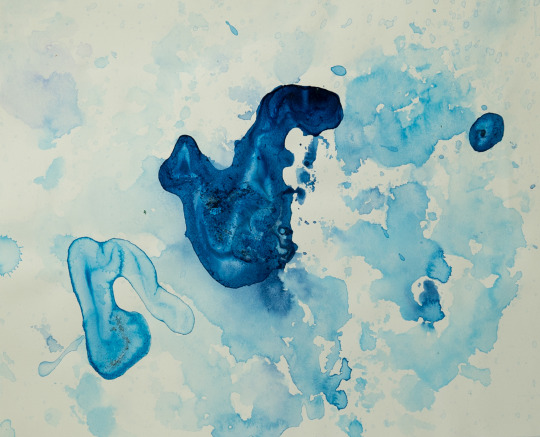
NYFA: Why is “90N” site-specific to the North and South Poles rather than anywhere else in the world?
Xavier Cortada: I wanted to create art at the extreme ends of the planet to address the human impact on the global climate at every point in between the poles. As glaciers melt, the seas will rise resulting in catastrophic changes to ecosystems and human populations along coastlines around the world.
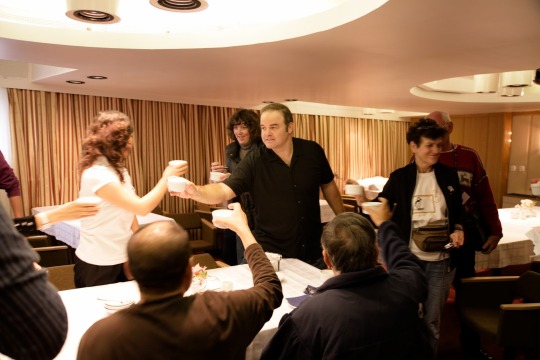
NYFA: What does it mean when you describe works such as Longitudinal Installation and North Pole Dinner Party as “ritualistic installations?”
XC: I consider “ritualistic installations” to be a performative act that follows a specific sequence of actions and can be replicated by others. For instance, in The North Pole Dinner Party (2008), guests around the dinner table ate ice collected at 90 degree North. By eating the ice, guests integrate water molecules from the North Pole into their bodies, uniting them to nature. My sense was that after having a “North Pole communion,” they would protect the North Pole. If nothing else, it would be for self-preservation.
I try to make the familiar strange by adding rituals to what are ordinary processes, like planting a tree or volunteering. It elevates the experience and brings broader attention to the issue.
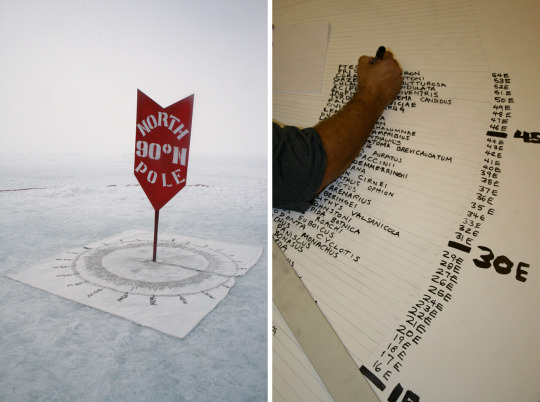
NYFA: What do you take into consideration when arranging your materials spatially to one another in your projects for “90N?” What about the specific materials you use to create your work?
XC: I created installations specifically at the poles because they are the two points where all longitudinal lines converge. Considering that all exists between those two points creates a conceptual platform that shows our interconnectedness to each other and the natural world. In Longitudinal Installation (2007), I place 24 shoes in a circle, stretched from pole to pole across 24 time zones, each spaced 15 degrees apart, as a proxy for 24 people impacted by melting.
The objects are residue. They are what’s left behind after a performance. They are symbolic: shoes represent people and flags represent allegiances and identity. In Native Flags (2008), I used a green flag to reclaim the frozen sea ice at the North Pole and encouraged others to reclaim nature at home by planting greenhouse gas-reducing trees. More than any other concept, this idea of reclamation has been the centerpiece in my art throughout the years.
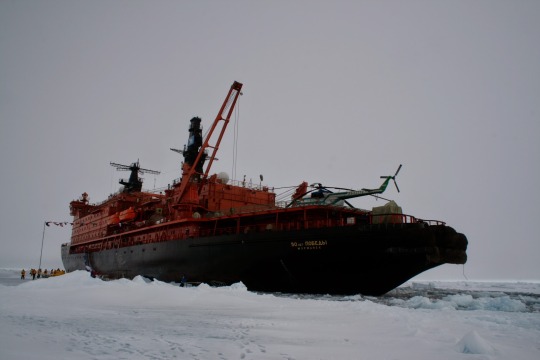
NYFA: What was your experience like traveling and making art in the North and South Poles?
XC: I thought long and hard about this while traveling. It was remarkable how quickly and comfortably I reached both poles just generations after many suffered and died trying to get there. That same industrious fervor that brought me there builds the machines and processes that unsafely spews carbon into our atmosphere, melting our glaciers and raising our seas.
Initially, I wanted to create art that also considered sociological concerns: the travails of an immigrant’s journey and the struggle to integrate oneself into society. But, alarmed by the climate science, I focused exclusively on the ice instead. Ice in time, ice in transition, ice collapsing. Ice as weapon, master. I made paintings melting it. I ate it. I stabbed it with flags. I even buried it in a glacier as a 150,000-year long art piece. I came to the poles for inspiration and wound up treating it as the perfect medium to share my ideas.
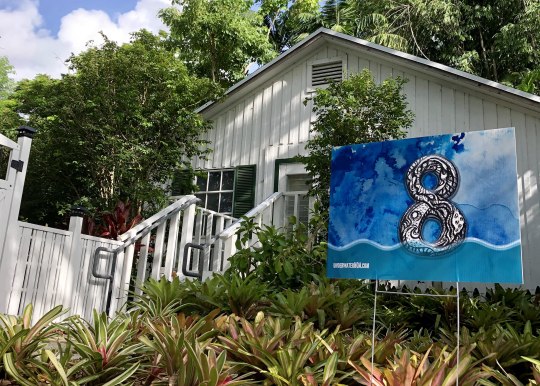
NYFA: Similar to Native Flags, the upcoming Underwater Homeowners Association (HOA) is a participatory art installation. Why is community participation so important in your work?
XC: In Native Flags (2008), I asked participants to place a green flag alongside a tree they planted as they return a piece of their front lawn to nature. This performative step was important because it commits the participant beyond planting. Also, a tree couldn’t go unnoticed if a green flag was flying alongside it.
Similarly, Underwater HOA (2018) asks participants to make the familiar strange and the invisible visible. Instead of throwing out political yard signs, homeowners reuse them, painting them with how many feet the water needs to rise before their property is under water. Both projects entice people to be curious, to take responsibility, and to act.
NYFA: Why did you choose NYFA Fiscal Sponsorship?
XC: Ten years ago, I was pioneering eco-art as a practice in South Florida. Few understood the impact that the melting of the Arctic and Antarctic would have on our lives, and many still refuse to understand. NYFA helped validate what I was doing. Sponsorship was important because it helped me grow my then nascent socially-engaged environmental art practice into a platform for art science collaboration and socio-political impact.
– Interview conducted by Priscilla Son, Program Associate, Fiscal Sponsorship & Finance, and Eleysha Sajous, Fiscal Sponsorship Intern
Images (from top): Xavier Cortada, Native Flags: North Pole, 2008; Xavier Cortada, Antarctic Ice Paintings | Global Coastlines A-14: Tahiti (French Polynesia); Xavier Cortada, North Pole Dinner Party, 2008; Xavier Cortada, Endangered World: North Pole, 2008; Xavier Cortada at the North Pole, 2008, Courtesy of the Artist; Xavier Cortada, Underwater HOA, 2018, Photo Credit: Guido Inguanzo





